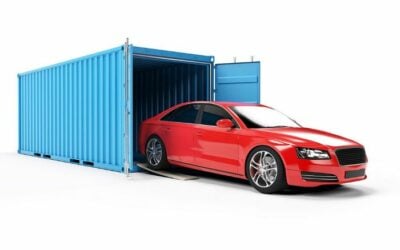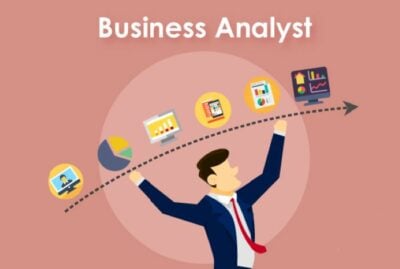A full container load FCL refers to the exclusive use of a full container. It is up to the shipper’s discretion to use the space in the container as they like. Of course, they need to remain within the dimensional and weight limit of the container. This type of shipment is different from less than full load (LCL) shipment in which you only use a portion of the container. Here are some unique features of a full container load.
Table of Contents
Exclusive use
One of the most defining features of a full container load is that you get exclusive use of the container. It is a common misconception that FCL refers to filling the container to its maximum limit. While you can certainly do that, it’s not a requirement. The most common sizes for a container are 20 and 40 feet. As an exclusive consignee of the container, you can fill this space as you like. A typical 20-foot container can hold 21 to 22 standard pallets, but the exact dimensions can vary depending on the manufacturer.
In terms of cost-effectiveness, most businesses want to maximize space utilization in their containers. However, there are situations where you may want the entire container for your goods without filling it completely. For example, if you are transporting goods that are at an increased risk of contamination or damage from other goods, you may want to use FCL shipment even if you don’t fill it to the maximum capacity.
Flat rate
The cost of a full container load depends on several factors, including the transit time, final destination, and other factors. FCL shipping rates are typically calculated using a flat rate per container. This offers businesses transparency and simplicity in managing their shipping costs. If a flat rate system is used, the cost doesn’t change whether you have a full or partial load. Keep in mind that along with the flat rate fee, you are likely to pay additional charges for service and handling at ports, customs duties, and insurance fees.
With LCL shipment, the rate is typically calculated by volume, meaning you only pay for the space you use. This type of shipment is ideal for transporting small volumes of goods. However, it comes with some added complexity in managing shipping costs.
Faster transit
A unique feature of FCL shipment is that it offers direct routing to help minimize transit time. This is assuming that the FCL shipment is only going to one final destination. An LCL shipment will require several steps for the deconsolidation and consolidation of goods. However, this is not required with FCL.
In some cases, FLC containers get priority in unloading and loading since the entire container is dedicated to that shipper. Another feature of FCL in terms of transit time is that you get a more predictable shipping schedule, as FCL containers have a broader range of departure times, allowing more flexibility for the shippers to stay on schedule.
Reduced paperwork
As the entire container is for your exclusive use, FCL generally requires less paperwork. For example, all the goods in FCL can have a single bill of lading (B/L) This document provides evidence of the proof of ownership and provides details on the quality, type, and destination of the goods.
With FCL shipment, there is also less complex paperwork, including all the documentation required to consolidate the cargo in an LCL container. The document retrieval process is also less complex as there is only a single consignee and shipper.
Versatility in the type of goods
FCL allows businesses to transport different types of goods without worrying about damage or contamination from goods that belong to another party. With FCL, you can transport fragile and sensitive goods such as pharmaceuticals, perishable food items, and electronics. You also don’t need to invest extra time and effort checking container compatibility or adding extra safety in packaging, which is often needed in LCL shipments.
Depending on the freight forwarder, You may also have the option of using specialized containers for your goods. This is often a requirement for specialized cargo, such as medicine that needs to be kept in a temperature-controlled environment. You also get flexibility in transporting irregular-sized or excessively heavy items such as machinery or vehicles.









Comments on "What are some unique features about full container load?" :